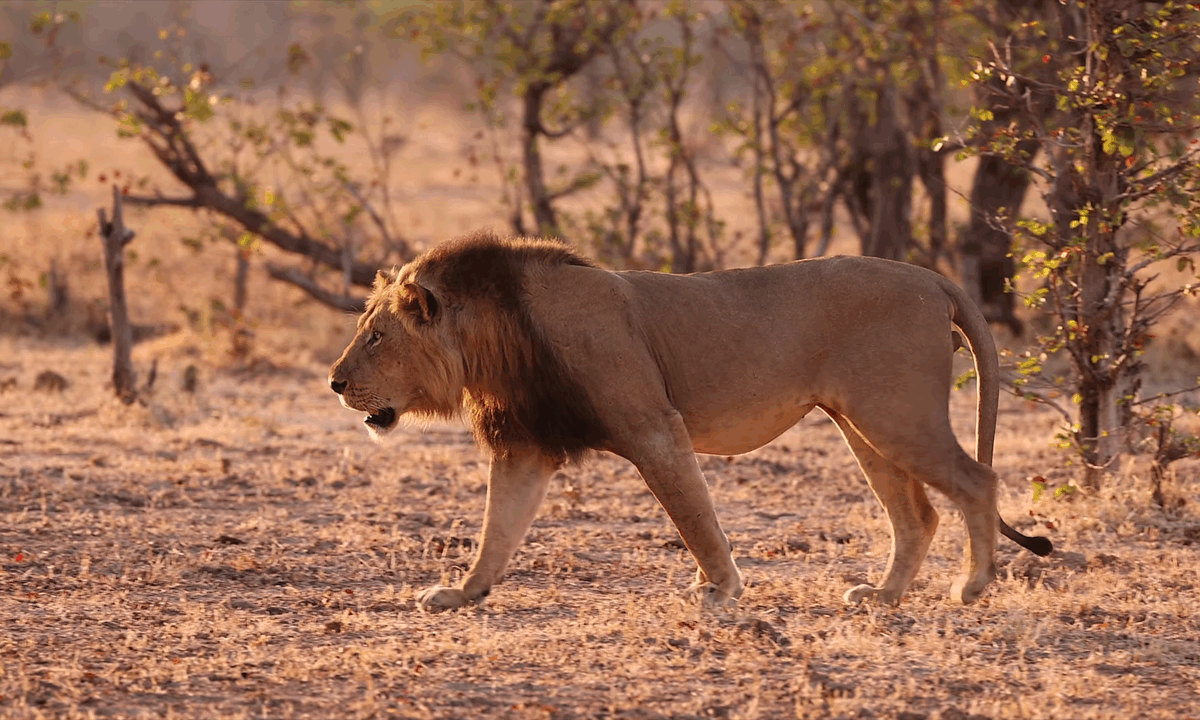- Dutch investigative journalist Olivier van Beemen is the author of an award-winning book about the NGO African Parks and its controversial management of national parks across sub-Saharan Africa.
- Some of the 23 parks that it manages in 13 countries have been at the center of allegations of human rights abuses.
- According to researcher Beth Kaplin, who worked in Rwanda, the roots of the problem are poor national governance and the separation between local communities and nature in conservation.
- Mongabay interviewed both Van Beemen and Kaplin to get their take on the sources of the problems and how to address rights violations in conservation efforts.
In March this year, Dutch investigative journalist Olivier van Beemen published In the Name of Nature: An Investigation into the Neocolonial Practices of the NGO African Parks. The result of four years of dogged investigating, it recently received the Brusseprijs 2025, a prize for Dutch-language journalistic books.
African Parks, the object of Van Beemen’s focus, is an organization established and based in South Africa that manages 23 national parks across 13 countries in sub-Saharan Africa, combining tourism development with nature conservation of biodiversity hotspots. According to the organization, its aim is to manage and rehabilitate protected areas with the involvement of local populations and governments with whom it signs public-private partnerships.
This is carried out with the support of Western governments, philanthropists and celebrities such as Prince Harry and cinematographer Bill Pope, known for movies like The Matrix and The Jungle Book.
But for some critics, African Parks’ management model has often been controversial.
Some of the parks have been at the center of allegations of evictions, human rights violations, militarization and more, according to Van Beeman. Over nearly 300 pages, he describes what he sees as systemic practices that qualify as neocolonial. African Parks has strongly denied the allegations, saying in a statement to Mongabay that the book “contains hundreds of factual inaccuracies and a similar number of deeply misleading statements.”
But is the problem African Parks specifically? Is it the broader model of protected area management also used by other NGOs? Or does the problem lie elsewhere?
To explore the issues further, Mongabay’s Elodie Toto interviewed both Olivier van Beemen and Beth Kaplin, a senior researcher in biodiversity conservation at the Center of Excellence in Biodiversity and Natural Resource Management in Rwanda. Kaplin has more than 15 years of experience building the capacity of protected areas, including working as a consultant on a research project with UCLA and African Parks. The following conversation has been lightly edited for length and clarity.
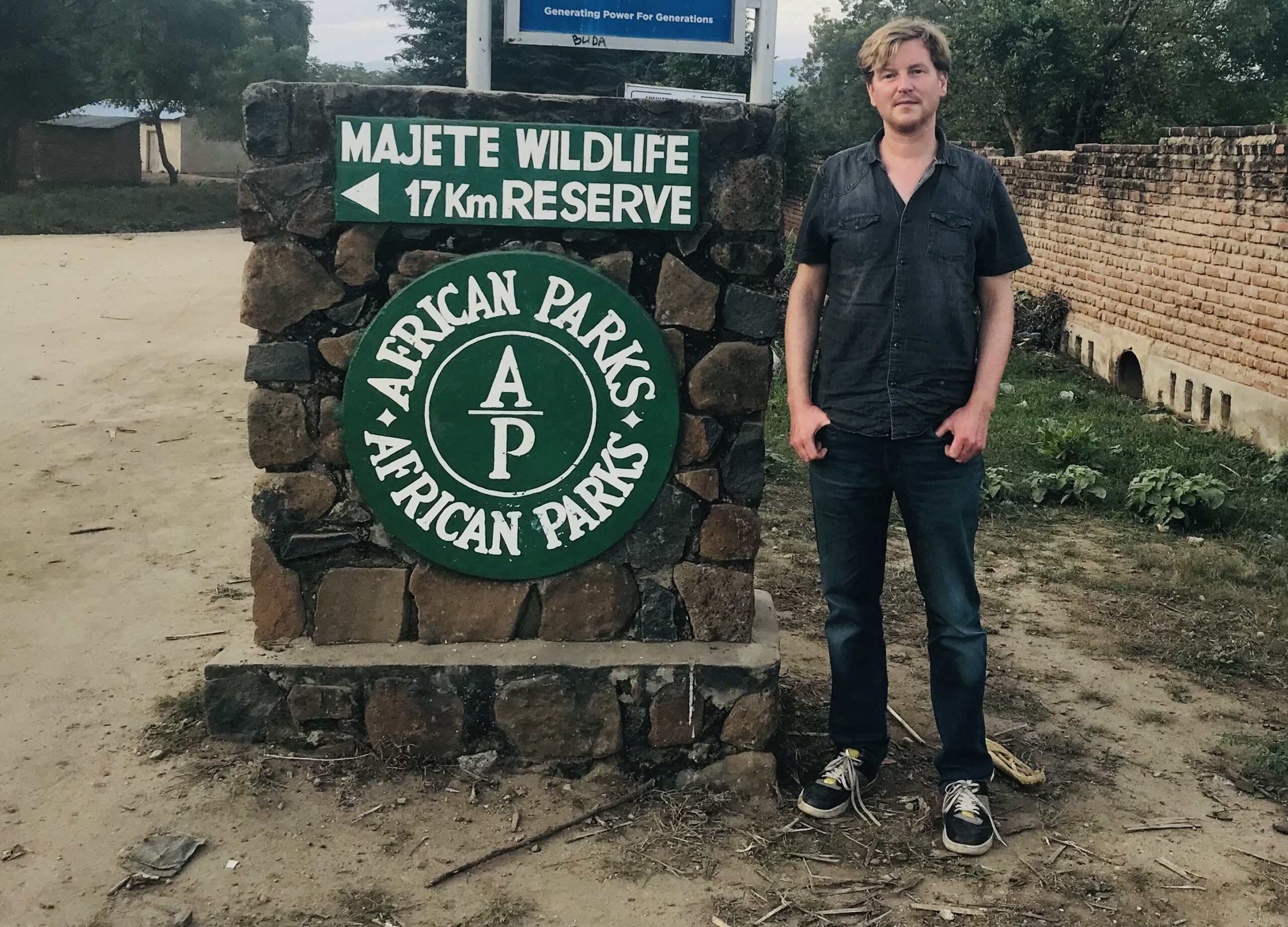
Mongabay: African Parks, like most conservation NGOs, says its projects benefit local communities through socioeconomic development and education. What does that really look like in practice?
Olivier van Beemen: African Parks states in its communications that local populations, those living around the parks, are a top priority and very important. But in reality, I’ve heard from many sources that these populations come last.
African Parks generally does a better job protecting parks than the previous state managers. But that also means that residents living around, or sometimes within, these parks lose access to natural resources they once relied on. These people are losing vital means of subsistence.
African Parks often promises tourism development and livelihood projects, saying that everyone will benefit. But according to my sources, these promises are rarely fulfilled.
They manage parks in countries like South Sudan, the Central African Republic and the Democratic Republic of Congo, places where it’s highly unlikely that these parks will become tourism hubs any time soon. I visited a park in western Zambia, a relatively stable and accessible country. After 20 years of African Parks management, they attract just 900 tourists a year, basically nothing.
Beth Kaplin: The concept of national parks is relatively new, especially in Africa, where people have coexisted with wildlife for hundreds and hundreds of years.
The problem arises when parks are established and local communities, people who live in or around these parks, are excluded. We need to ask: What does success look like? How is it measured? As an ecologist and biodiversity scientist, I want to see biodiversity protected. But it also means ensuring that local communities benefit, that they’re not cut off from nature, their culture, or the resources they need to survive.
Right now, success is often measured in terms of how much money the park brings in. But we don’t always know how much of that money actually benefits local communities directly. When parks are managed through public-private partnerships, there tends to be less capacity building for local people to manage the parks themselves.
In Kenya and Tanzania, I’ve seen good training programs, and locals do manage wildlife. But in Rwanda, even though we have some training, locals are not the ones managing wildlife. We don’t have homegrown experts on elephants, rhinos or hippos. Most of the work is still done by people brought in from outside.
And I think that’s a serious issue. But again, it’s happening because these parks are seen as incredibly valuable, not just ecologically, but economically.
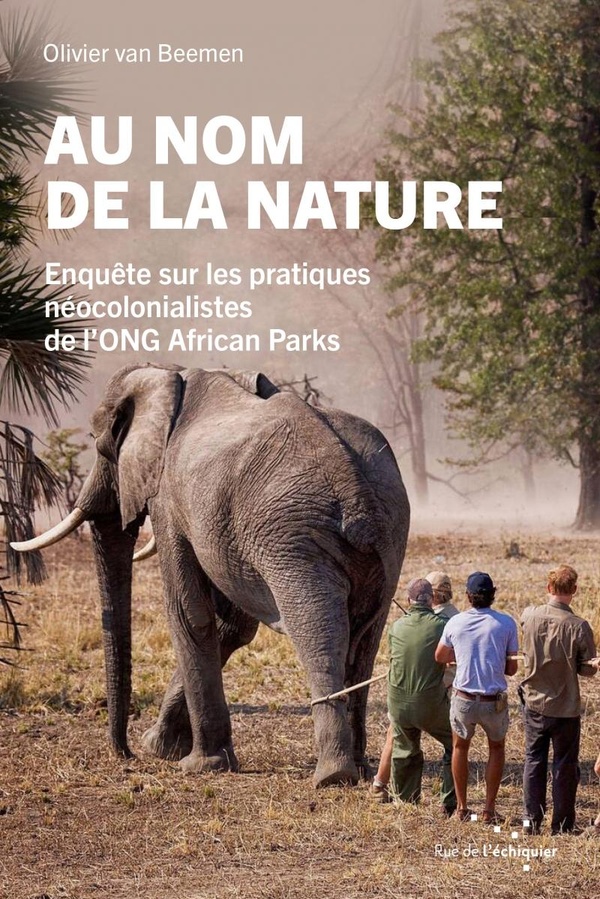
Mongabay: If, as you say, local communities are not the real priority in some parks, then what could actually matter to those managing these natural parks?
Beth Kaplin: It’s really about making money. The parks are expected to generate income, and they need to in order to support the costs of the park, and many countries, like Rwanda, heavily rely on tourism revenue from these parks. In some cases, in order to deliver the kind of “African national park experience” that tourists want, local communities are only visible at specific moments, for instance when they’re brought out to perform dances. But the everyday reality of how they live isn’t something visitors are encouraged to see.
The parks must be protected, yes, but the big issue is that we’re placing far too much emphasis on tourism, without carefully considering anything beyond the business model.
The parks are under constant pressure from growing populations, ongoing poverty, and continued human-wildlife conflicts.
If we’re truly aiming to protect natural ecosystems, we need to reconcile this tension between safeguarding nature and turning parks into something more like zoos, where you just showcase the “Big Five” for tourists to check off their bucket list.
Olivier van Beemen: For African Parks, a major focus is on translocations, moving animals from one park to another, from areas where there are too many to areas where there are too few. That’s a key priority for them, and they invest a lot of money in it.
Western-style conservation in Africa was originally driven by hunters who were worried that there wouldn’t be enough animals left to hunt. The term “Big Five” comes from that context, it referred to the five most difficult animals to hunt.
The Dutch co-founder of African Parks, Paul van Vlissingen, was a very enthusiastic hunter. He even hunted elephants. This historical link to hunting has always been present in conservation.
In some African Parks-managed reserves, hunting is still allowed. They don’t advertise this widely, because it’s obviously controversial in many countries. There are a few hunting permits available for local populations, but they’re very limited and hard to get. Whereas a tourist just has to pay. That creates tensions.
African Parks is currently the largest private park manager in Africa, and its model is seen as the one to follow. It’s emblematic of a dominant, top-down approach to conservation on the continent. But I believe this whole model based on militarization, on the idea of nature versus people, is deeply problematic. We’ve seen similar issues in a WWF-managed park, where reports emerged of violence and human rights abuses.

Mongabay: In May 2025, African Parks did acknowledge abuse by park staff in the Republic of Congo. Do you think the use of force is legitimate to protect nature? Is the Congo case an isolated one?
Beth Kaplin: It’s absolutely unacceptable. We can’t be sacrificing people’s lives to protect wildlife. And you know, I’m a wildlife biologist and an ecologist. I come from the side of biodiversity, wildlife, plants, etc. But I don’t believe we should do that at the expense of human lives.
There’s a huge spectrum when it comes to poaching. There’s high-end poaching ivory for the Asian or Saudi Arabian markets, and then there are people just trying to get meat on their tables. I think that needs to be looked at carefully. That’s why I think significant community engagement is so important. These problems won’t be solved with a top-down approach. Research shows that when people feel ownership, they want to protect what’s theirs. When they feel heard, and when their basic needs are being met.
We need to address the root causes. When you’re hungry, or when your family is hungry and suffering, you’re going to do what you have to do. We can’t mix biodiversity conservation with human rights abuses.
Olivier van Beemen: A former eco-guard who had recently retired in the Democratic Republic of Congo once told me: “In the park, there are no human rights and it’s not just the guards who decide that, it comes from the top.” In three different countries — Malawi, DRC and Zambia — I was told about various methods of torture. The eco-guards spoke quite openly about it, without shame, in fact. And with what has come to light in the Republic of Congo … It seems this is quite widespread within African Parks.
Guards are trained by instructors, often French, Israeli or South African, who see themselves as being at war with poachers. And being at war, with heavy weaponry, means using harsh methods. Some poachers are indeed very dangerous and heavily armed, hunting elephants for ivory or rhinos for their horns. In those cases, one might understand the need for force.
But most poachers are not like that. Most hunt small game for personal use or for modest trade. Some are fishers or traditional healers collecting plants. All of them are considered poachers. If they’re caught, they can face the same harsh treatment as major criminals hunting elephants and rhinos. This creates tensions with local communities, who are seen as potential enemies of the park.
Mongabay: Do you have a specific example?
Olivier van Beemen: In Zambia. It’s a park where African Parks welcomed me. One of the parks they seem the proudest of.
Several former eco-guards there told me about torture methods used when someone refuses to admit, for instance, where they hid a weapon or some poached meat. They use something called “the swing.” There’s a picture of it in my book. It’s horrible. The guards told me that after five minutes of this, you’ll confess to anything — even things you didn’t do. They’re aware they sometimes torture innocent people into false confessions.
I sent African Parks the manuscript, and they read the book. When I sent the book to African Parks, they counted the number of “incidents,” as they call them, that I mentioned. They acknowledged responsibility for 10 of the 15 cases. But they also said: “We’ve arrested about 16,000 people in our history. So, the examples you cite are insignificant.”
That’s their defense. They don’t say, “We’ll do everything to change this aggressive, military-style approach.”
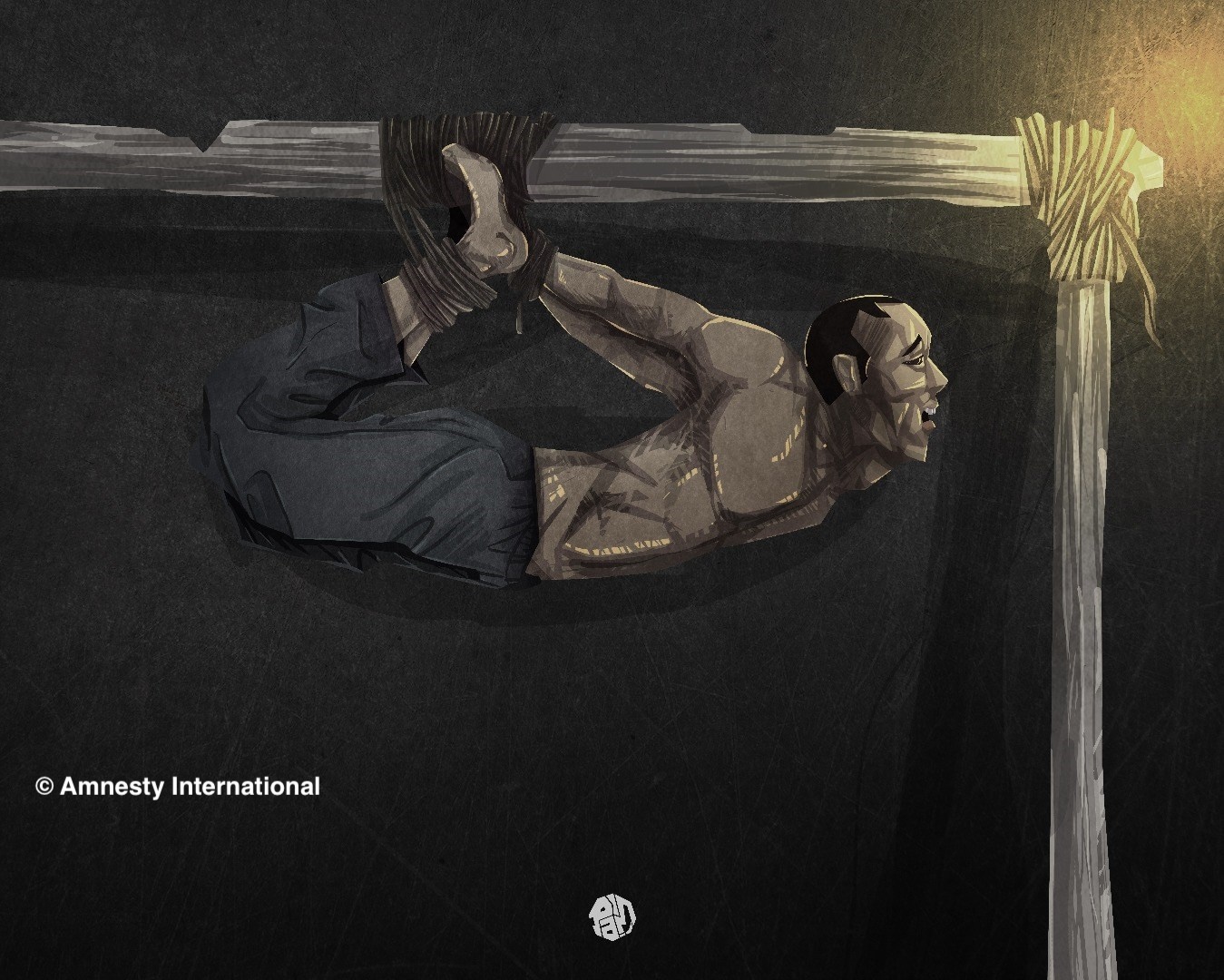
Mongabay: It has been proven that some poachers are armed with military-grade weaponry. Does it, according to you, justify a militarization of conservation?
Beth Kaplin: I find it sad. I’ve worked in many places where you don’t go out without an armed escort, like Uganda, Rwanda, the Central African Republic, DRC. In some areas, it’s necessary to protect the lives of those doing conservation work. But we really need to move away from this heavily militarized model. It creates a separation between people and conservation.
Take Virunga [in DRC], for example. If we’re not careful, all the wildlife in that park could disappear. It’s a very unstable area, full of militias, poachers, and very poor, hungry people, and a lot of incredible wildlife. It’s an extremely complex situation.
Olivier van Beemen: For African Parks, security comes first. They aim to protect parks militarily from populations seen as potential enemies. The instructors training rangers use military jargon and talk about being “at war.” That mindset generates conflict.
In W National Park in the Sahel [plagued by conflicts between farmers and herders over land access, and subject to terrorist militia attacks], the question has been raised: would there have been so many conflicts if not for this militarization?
That idea didn’t come from me originally — it came from a Dutch think tank.
Mongabay: Some people describe national parks as “states within the state.” Can a government that entrusts the management of a national park to an external entity lose its political leadership?
Beth Kaplin: In those areas, you often have broader issues: failed states, poor governance, etc. So, when you’re trying to conserve biodiversity there, you often end up managing the entire governance structure. It becomes a state within a state, where they protect the park by any means necessary.
We must be very cautious before reaching a level of control like what you see in Virunga.
If you’re working in conservation in those areas, you must work with the government and within the existing political structures.
Rwanda, for example, is totally different, very organized, structured and controlled. You don’t see these problems there.
Olivier van Beemen: At African Parks, they use a “delegated management” model. That means African Parks takes over management of a park through an agreement with the government. For example, when I tried to access a park in the DRC, I had my visa, it’s a Congolese national park but I had to request access from Johannesburg.
In most cases, the governments delegating management to African Parks don’t have biodiversity as their top priority.
African Parks don’t take on parks where people still live inside them. Most of the time, the parks have already been emptied of local populations. But African Parks often create buffer zones around the park, fencing them off, negotiating with local courts for harsh sentences for trespassing.
This increases restrictions, frustrates communities, and deprives them of resources. And they’re not compensated. African Parks always try to expand, and they’re allowed to do so they are the ones in charge.
Some countries have refused to cooperate with African Parks for this reason. Generally, these are countries with stronger governance, like Senegal, Kenya, Tanzania and Uganda. All of them have refused so far to let African Parks take over any of their parks, because they see it as a threat to national sovereignty. African Parks’ model goes too far for them.
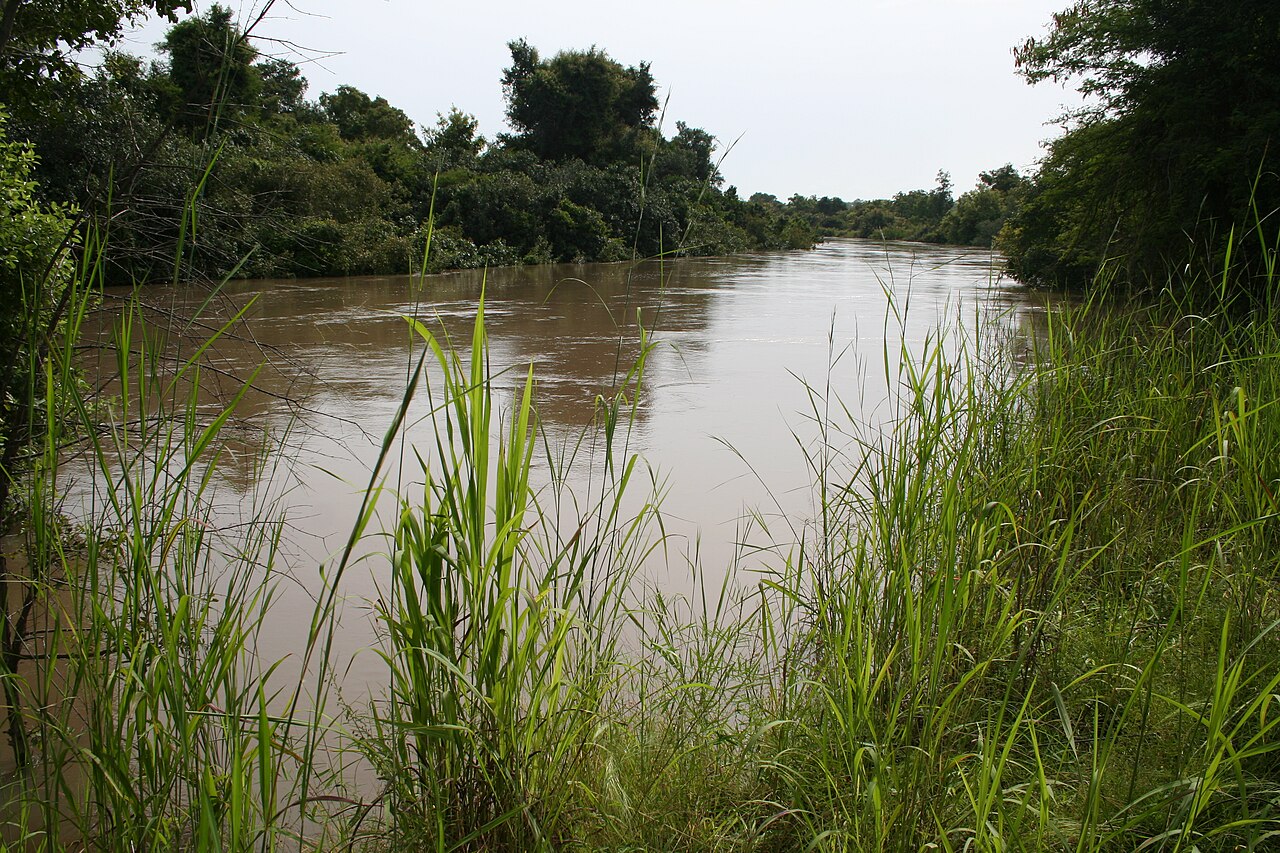
Mongabay: What about W National Park, managed by African Parks?
Beth Kaplin: It’s definitely very militarized.
On the one hand, if you look at specific indicators like wildlife protection and reduced poaching, they’re probably doing a good job. But in the bigger picture, I don’t think that’s the direction we should be going. Communities should be the ones benefiting, and they should be involved in park management.
Olivier van Beemen: In Pendjari, but also elsewhere in Benin, this aggressive park management has created tensions. For example, the park director gave the order to kill livestock found within the park — hundreds of animals belonging to local people. They also banned traditional hunting, which had been allowed under state management.
These changes created resentment. People became angry with the park. Before, they saw it as their park. Now they see it as the “white people’s park.”
Mongabay: Historian Guillaume Blanc talks about “green colonialism” when he refers to national park management in Africa. Does your experience confirm that concept?
Beth Kaplin: The whole concept of national parks comes from the Global North, from the U.S. and Europe. Those parks were created to make money and are mainly for tourists, either international or wealthy nationals.
They’re not for local people who used to have access for firewood, medicinal plants, food, spiritual practices. Now they’re excluded. That’s a form of green colonialism, I think.
Olivier van Beemen: African Parks presents itself as a savior. According to them, some parks were on the brink of collapse and thanks to their mostly white saviors from South Africa, these parks are being saved. If you try to question that narrative, African Parks are not cooperative, they have no interest in doing so.
You can also see it in their communications. It’s very important for them to show the number of hectares or square kilometers under their control. For example, in their communications, they show a map of Africa with the countries they operate in highlighted to show the extent of their territory.
Before working on African Parks, I did an investigation on Heineken. I was cautious not to use the words “colonial” or “neocolonial” because they spark a lot of debate. But here, I think the facts speak for themselves. With African Parks, the desire to control vast spaces is so blatant that it’s hard not to use that word. That is why my French editor put it in the title.

Mongabay: How can we ensure that park managers are held accountable? Are there oversight bodies?
Beth Kaplin: The country delegating park management needs to have a strong governmental structure. Even in public-private partnerships, say, with African Parks, WWF or WCS, there must be a government entity responsible for those national parks and for legal issues regarding how people are treated.
That entity needs to be proactive, capable of pursuing abuses, and aware of what’s going on. Sometimes we say a park is “successful” because it’s making money through tourism. But even if it’s profitable, it’s not successful if there are human rights abuses.
Governments managing parks, whether through external or national entities, should have systems in place for regular audits, and mechanisms to deal with abuses. But those systems are not always there.
Olivier van Beemen: Often audits look serious on paper, but in reality, the organizations being audited have a lot of influence over the results.
Some professionals are tasked with auditing, and I think the most serious one is the European Union, which has supported African Parks with over 140 million euros [$164 million]. In the conservation world, that’s a huge amount. But the EU’s audits are pretty weak. Sometimes auditors don’t even visit the site, they send a questionnaire to the park director and a second staff member, who fill it out. They even have the right to review the draft before publication.
For example, a German [development bank], KfW, conducted an audit in Benin. I spoke with the auditors. They were very critical. They noted community dissatisfaction after African Parks put up fences around the park. Many people were unhappy. African Parks insisted many of those criticisms be removed from the final report. African Parks really can’t stand criticism. They do everything they can to maintain this image of being nature’s savior.
Banner image: A lion in South Luangwa National Park, Zambia. Image courtesy of Jae zambia via Wikimedia Commons (CC BY-SA 4.0)
What does an NGO do when its funds are tied to human rights abuses? Interview with John Knox
FEEDBACK: Use this form to send a message to the author of this post. If you want to post a public comment, you can do that at the bottom of the page.
